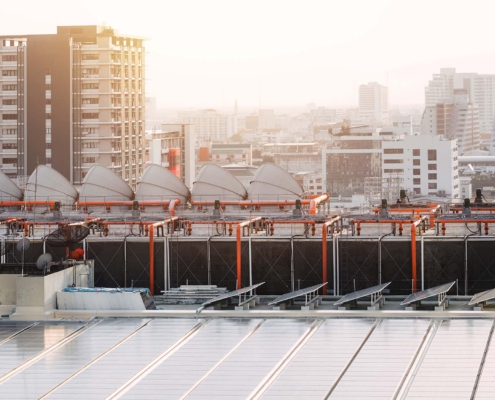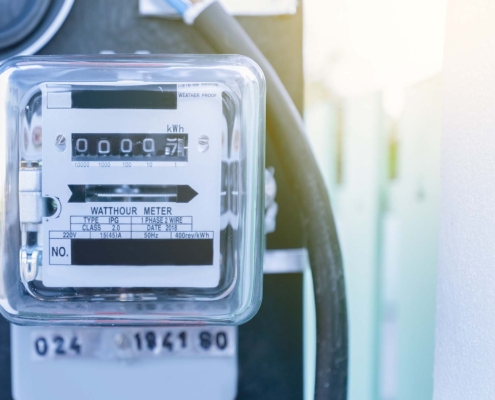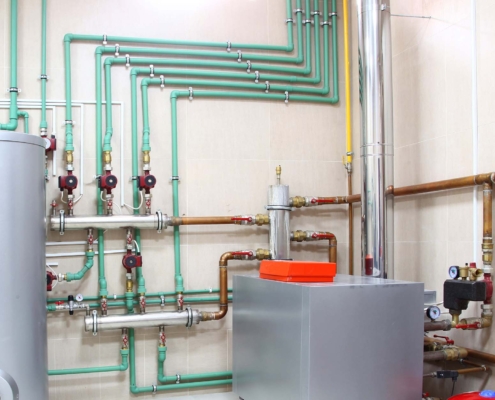 https://www.aircomfort.com/wp-content/uploads/2022/10/What-Is-IECC-and-How-Does-It-Affect-Your-Business__.jpg
1250
2000
Ike Oji
/wp-content/uploads/2021/08/AC_Logo_FIN_-wTag.png
Ike Oji2022-10-31 09:00:002023-04-27 15:24:16What is the IECC?
https://www.aircomfort.com/wp-content/uploads/2022/10/What-Is-IECC-and-How-Does-It-Affect-Your-Business__.jpg
1250
2000
Ike Oji
/wp-content/uploads/2021/08/AC_Logo_FIN_-wTag.png
Ike Oji2022-10-31 09:00:002023-04-27 15:24:16What is the IECC?HVAC Filter Types
Which HVAC filter is right for you?
So many facility managers make the mistake of picking the first filter that fits their air duct. It might be an easy process for getting in and getting out of the store, but it could have disastrous results on the heating and cooling system you have for your building. If your filter doesn’t fit right, is overly restrictive, or operates inefficiently, you could easily run up your energy bill. You might even end up paying more than you would have if you shelled out for a nice filter. With a little guidance, you’ll be able to make a way smarter decision regarding your HVAC filter replacement, leaving you with healthy, high-quality heating and air conditioning.
First things first: What’s a MERV rating?
Minimum Efficiency Reporting Value (MERV) ratings tell you exactly what you need to know about the effectiveness of your air filter. It measures the specific number of particles a filter can trap compared to the total number of particles that it’s trying to filter. Example? Let’s say you put two air filters in the same room: the one that traps more particles has a higher MERV rating. It might sound like a contradiction, but high-efficiency air filters can sometimes make your HVAC system less efficient by blocking too much airflow across the heat exchanger, meaning that the system can’t heat or cool enough air to comprehensively control the temperature in your house. This could leave you with a sky-high energy bill, and a serious risk of overheating your furnace.
What types of filters should you be considering for your facility?
Fiberglass Filters
One of the most popular kinds of filters for your heating system and air conditioner, fiberglass filters typically come in blue and are composed of a dense fabric of glass fibers that run perpendicular to the airflow. They typically have lower MERV ratings and aren’t necessarily the best filters if you have allergies. They do a great job of protecting your HVAC unit from large dust particles but fall short when it comes to trapping mold, pollen, or other smaller irritants.
Pleated Filters
Pleated filters are comprised of folded sheets of cotton or polyester-blend fabric. They’re a high-efficiency filter and a great solution that removes pollutants from your home while keeping your HVAC in optimal condition.
Disposable Electrostatic Filters
With a typical MERV value of 10 or more, electrostatic filters are exceedingly effective at de-contaminating air. They generally contain multiple layers of polyester blend materials, framed by a polyester mesh. An electrostatic filter generates its static charge, as air passes through the positively-charged outer material. They’re a little pricier than the other options but very useful for trapping mold, pollen, and other particles.
Washable Electrostatic Filters
These filters are relatively similar to the disposable model, but they’re cased in aluminum mesh and made of washable material. They’re cost-effective (generally around $20) and durable (average lifespan is 3-5 years), and offer a great alternative to other filters. Make sure that they’re fully dry: otherwise, they can grow mold and bacteria, which is then circulated throughout your house.
Related Postings
 https://www.aircomfort.com/wp-content/uploads/2022/10/What-Is-IECC-and-How-Does-It-Affect-Your-Business__.jpg
1250
2000
Ike Oji
/wp-content/uploads/2021/08/AC_Logo_FIN_-wTag.png
Ike Oji2022-10-31 09:00:002023-04-27 15:24:16What is the IECC?
https://www.aircomfort.com/wp-content/uploads/2022/10/What-Is-IECC-and-How-Does-It-Affect-Your-Business__.jpg
1250
2000
Ike Oji
/wp-content/uploads/2021/08/AC_Logo_FIN_-wTag.png
Ike Oji2022-10-31 09:00:002023-04-27 15:24:16What is the IECC? https://www.aircomfort.com/wp-content/uploads/2022/09/Electrical-equipment.energy-meter-is-a-device-that-measures-the-amount-of-electric-energy-consumed-by-a-residence.jpg
1250
2000
Valeriia Mamleeva
/wp-content/uploads/2021/08/AC_Logo_FIN_-wTag.png
Valeriia Mamleeva2022-09-22 09:00:052023-04-27 15:24:16How To Reduce Energy Use in Commercial Buildings
https://www.aircomfort.com/wp-content/uploads/2022/09/Electrical-equipment.energy-meter-is-a-device-that-measures-the-amount-of-electric-energy-consumed-by-a-residence.jpg
1250
2000
Valeriia Mamleeva
/wp-content/uploads/2021/08/AC_Logo_FIN_-wTag.png
Valeriia Mamleeva2022-09-22 09:00:052023-04-27 15:24:16How To Reduce Energy Use in Commercial Buildings https://www.aircomfort.com/wp-content/uploads/2022/09/boiler-room_.jpg
1250
2000
Valeriia Mamleeva
/wp-content/uploads/2021/08/AC_Logo_FIN_-wTag.png
Valeriia Mamleeva2022-09-15 09:00:372023-04-27 15:24:16How To Identify Common Boiler Problems
https://www.aircomfort.com/wp-content/uploads/2022/09/boiler-room_.jpg
1250
2000
Valeriia Mamleeva
/wp-content/uploads/2021/08/AC_Logo_FIN_-wTag.png
Valeriia Mamleeva2022-09-15 09:00:372023-04-27 15:24:16How To Identify Common Boiler Problems

About
Air Comfort’s mission is to work closely with customers to provide a true “comfort level” for their businesses, with uninterrupted performance and round-the-clock reliability.


